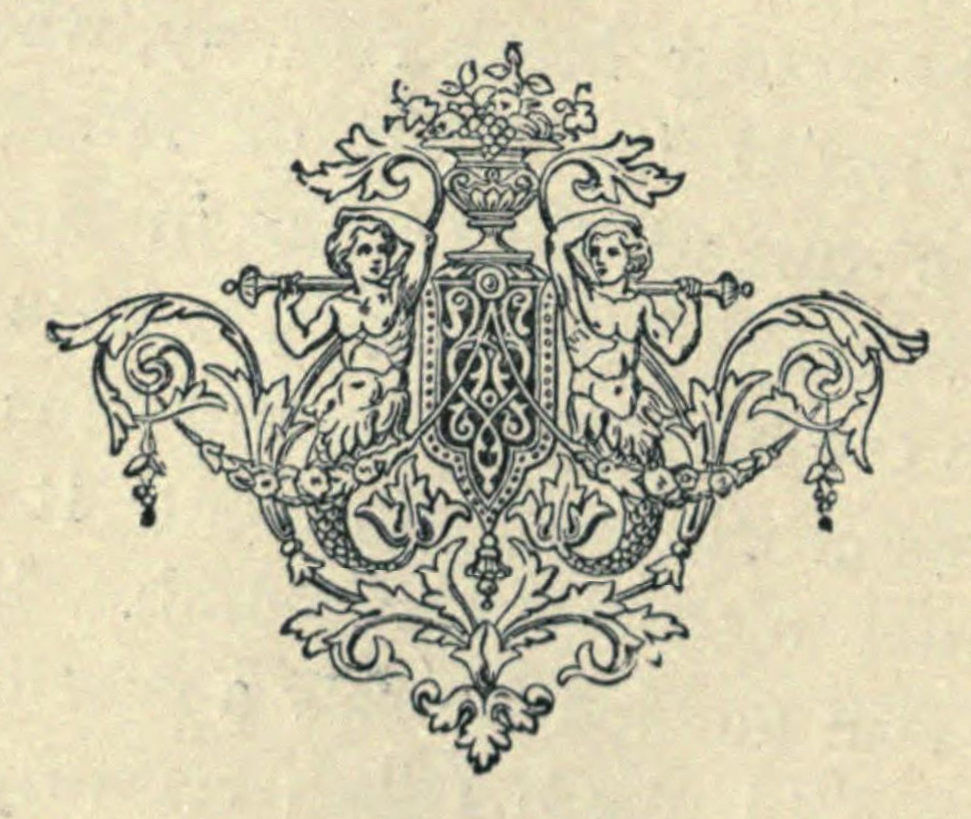Attributing Parthian coins to a king and time period, can be complicated. This coin, 30.16, is assigned by Sellwood to an Unknown King (II), and by Shore as 134 it is mapped to Orodes I, and Sear maps it to Gotarzes I, and Mitchiner to Mithradates II, and Wroth to Artabanus II, and Gardner, Plate II #9, to Phraates II. So clearly there has been some discussion over the years about who this type belongs to. Aside from the question of “who” is on this coin, this Parthian drachm is exceptional for its portrait, the unusually misshapen flan, and toned silver.

Parthia, Arsakes XVI, AR Drachm, Rhagae mint
Obv: short-bearded bust left wearing diadem, hair covering ear; single-pellet-ended torque; circular border of pellets
Rev: beardless archer wearing bashlyk and cloak seated right on throne; empty cloak sleeve ends in pellet reaching well below seat level, holding bow in right hand; no border; five-line Greek inscription = ΒΑΣΙΛΕΩΣ ΜΕΓΑΛΟΥ ΑΡΣΑΚΟΥ ΘΕΟΠΑΤΟΡΟΣ ΕΥΕΡΓΕΤΟΥ == “Great King Arsakes, Son of Deified Father, (and) Just”
Ref: Sellwood 30.16
The most recent assignment by Assar is to Arsakes XVI in The Sunrise Collection, "Numismatic Art of Persia", Bradley Nelson Editor.
This was the Arsakes who challenged Orodes I in 78/77 BC and overthrew him in Bablylon ~75 BC and to whom King Mithridates VI of Pontus, together with Tigranes I, wrote to for aid against the Romans circa 68-69BC during the Third Mithridatic War:
King Mithridates to King Arsaces (XVI): Greetings. All those who in the time of their prosperity are asked to form an offensive alliance ought to consider, first, whether it is possible for them to keep peace at that time; and secondly, whether what is asked of them is wholly right and safe, honorable or dishonorable. If it were possible for you to enjoy lasting peace, if no treacherous foes were near your borders, if to crush the Roman power would not bring you glorious fame, I should not venture to sue for your alliance, and it would be vain for me to hope to unite my misfortunes with your prosperity. - Sallust Histories 4.69
Here are two more coins from this king, on with a very different portrait style.

Kings of Parthia, Arsakes XVI, 78-62 BC, AR Drachm, Ecbatana mint
Obv: short bearded diademed and draped bust left, hair covering ear, torque ends in sea horse
Rev: Archer (Arsakes I) enthroned right, empty cloak sleeve pointed and reaching only to the seat level, five-line Greek inscription = ΒΑΣΙΛΕΩΣ ΜΕΓΑΛΟΥ ΑΡΣΑΚΟΥ ΘΕΟΠΑΤΟΡΟΣ ΕΥΕΡΓΕΤΟΥ
Ref: Sellwood 30.15 (Unknown King)

Parthia, Arsakes XVI, AR Drachm, Rhagae mint
Ref: Sellwood 30.16
Other facets of the story can be found in these sources:
This encounter between Rome and Parthia comes about 25 years after the first challenging meeting between Mithradates II's ambassador and Sulla on the banks of the Euphrates. Arsakes XVI may have been the son of Mithradates II hence the line on this coin “ΘΕΟΠΑΤΟΡΟΣ” son of deified father. Assar, in Sunrise, also writes that Arsakes XVI may have struck coins 68-61 BC while campaigning to oust Phraates III.
The Third Mithridatic War (73–63 BC) ends with Roman domination and the story of Mithridates' antitoxin causing troubles in his suicide attempt. An overview of that can be found here.


Commenti